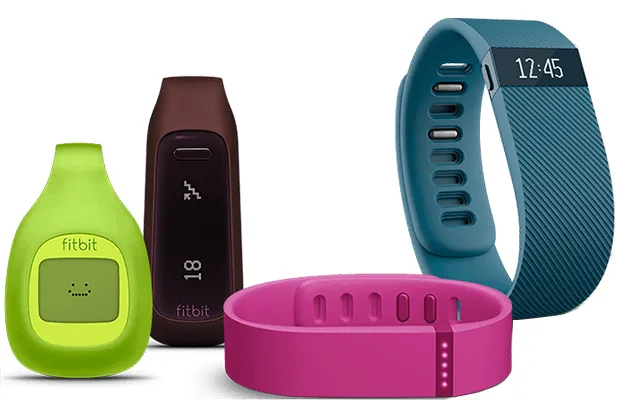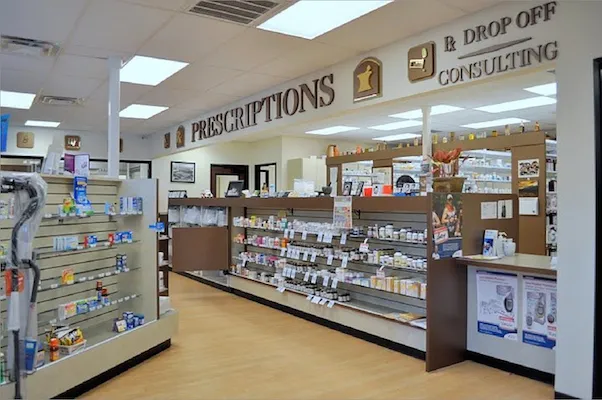There’s no slowing down the proliferation of mobile health technology.
Currently, consumers can choose from more than 318,500 health-related mobile apps — almost double the number two years ago — and about 200 new apps are launched daily. What’s more, over 340 consumer wearable devices are now on the market globally. And supporting the burgeoning use of these apps and devices are 571 published efficacy studies.
What does all of this mean? The digital health trend is not only accelerating but also is producing a range of proven tools to impact human health, according to a new report by the IQVIA Institute for Human Data Science.

“The research suggests an inflection point is occurring within digital health trends regarding innovation, evidence and adoption,” observed Murray Aitken, executive director of the IQVIA Institute for Human Data Science.
“The convergence of those three digital drivers, combined with other macro factors, aligns with the development of the newly defined and emerging discipline of human data science that combines advances in information, transformative technology and analytics with human data beyond the patient journey to measure and improve health decisions and outcomes,” he explained.
Of note for pharmacists, clinicians and other health care providers, the number of apps focused on managing health conditions — those often associated with patient care — are rising at a faster rate, representing 40% of all health-related apps, although general wellness apps currently represent the largest group of mobile health apps.
The use of digital health apps and wearables across five patient populations where they have proven reductions in acute care use — diabetes prevention, diabetes care, asthma, cardiac rehabilitation and pulmonary rehabilitation — could save the U.S. health care system $7 billion annually, estimated the report, titled “The Growing Value of Digital Health: Evidence and Impact on Human Health and the Healthcare System.”
That represents about 1.4% of total costs in these patient populations, and if such savings could be achieved across all disease areas, annual cost savings of $46 billion could be achieved, IQVIA noted.
Of 860 clinical trials worldwide now incorporating digital health tools, including 540 in the United States, two-thirds focus on apps and text message interventions to smartphones, according to the report. Eighty-two percent of the trials are sponsored by universities, hospitals, health systems and other patient care institutions. IQVIA said this reflects the stepped-up efforts to fit digital health into clinical practice, and digital tools for remote patient monitoring of chronic health conditions are a key focus.
Manual patient input of vital signs and activity also is giving way to sensors that do this on many of the most popular apps, the report said. Algorithms built atop of wearable activity monitors will create “digital biomarkers” of health bring new value to care by tracking parameters that correlate to disease severity and contribute to precision medicine.
According to IQVIA, digital-enabled like asthma smart inhalers, connected pens for diabetes and smart blister packs are also being developed to track medicine use remotely and encourage patient medication adherence. Smart sensors, too, can improve clinical trials by enabling the collection of patient experience data in the real world, the report said.
“We believe the growing innovation, evidence and adoption of digital health tools can have an increasingly positive impact on human health outcomes overall,” Aitken added.









